Welcome to the Digital Playground (Where Sleep is Optional)
In 2025, China's gaming scene isn't just big—it's "make-other-industries-question-their-life-choices" big. With 668 million gamers (roughly twice the population of the United States) and revenue projections of $137.78 billion (approximately the GDP of Hungary), Chinese gaming has evolved from "parents' biggest concern" to "legitimate career path that makes parents concerned but slightly impressed."
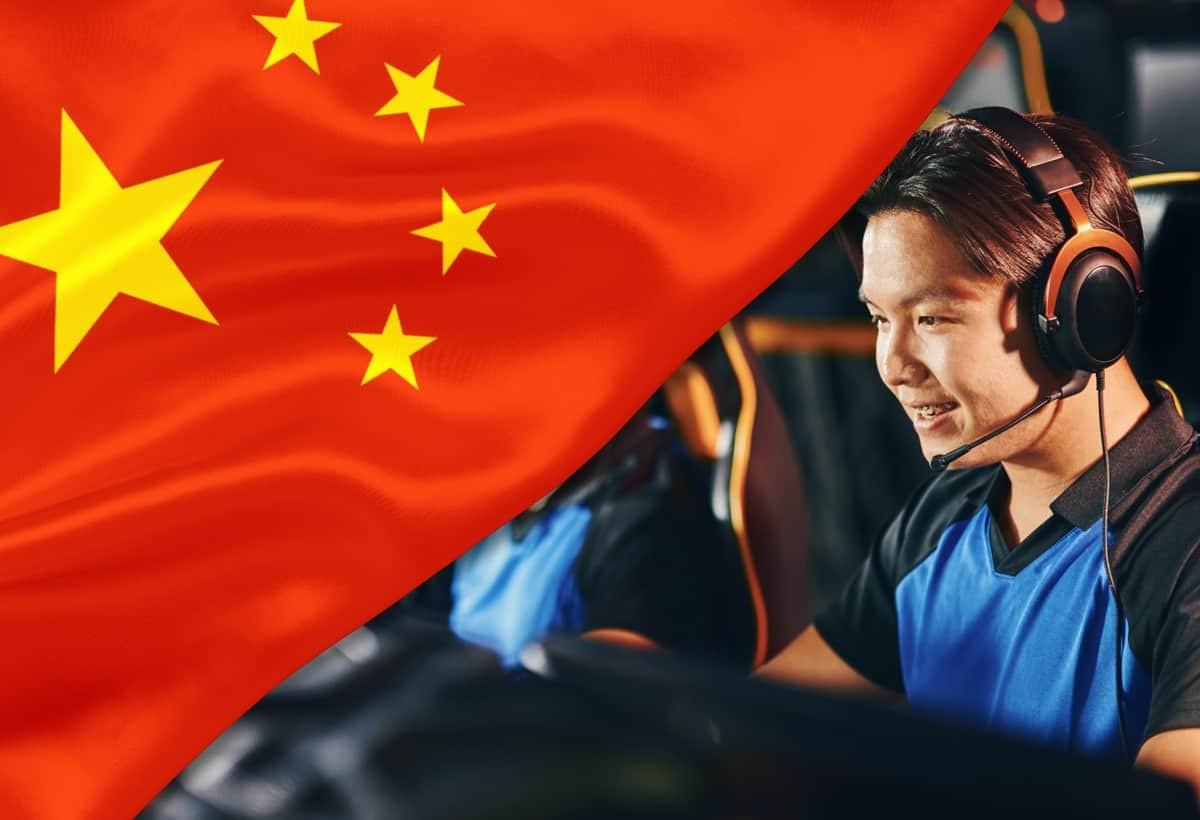
The Numbers That Make Other Entertainment Industries Cry
- Total Market Value: $137.78 billion (or roughly 34 billion bubble teas)
- Total Gamers: 668 million (meaning 1 in 2 Chinese citizens would rather shoot virtual zombies than talk to you)
- Mobile Gaming Penetration: 78% (because apparently bathrooms, buses, and boring meetings needed entertainment)
- Average Daily Gaming Time: 2.5 hours (multiply by 668 million gamers and you get... the reason productivity apps also do well in China)
- Imported Games Approved: 110+ (after navigating a regulatory process more complex than most of the games' final boss battles)
The Definitive Ranking: China's Gaming Obsessions Explained
1. Honor of Kings (王者荣耀) by Tencent: Digital Crack for the Masses
- Monthly Active Users: 120 million (roughly the population of Mexico, all frantically tapping screens)
- What Makes It Addictive: This mobile MOBA has single-handedly caused more missed subway stops, ignored significant others, and "just one more game" broken promises than perhaps any other digital product in history. It's essentially League of Legends that fits in your pocket, which is either technological brilliance or societal doom, depending on who you ask.
Key Features:
- Gameplay so competitive it has ended friendships
- Character roster larger than most people's contact lists
- Esports scene that pays teenagers more than surgeons
- Updates so frequent your phone never gets a break from downloading
Why It's Revolutionary:
- AI matchmaking that somehow always pairs you with the one person who goes AFK
- Characters based on Chinese mythology, ensuring players accidentally learn something
- Cross-platform play allowing PC gamers to laugh at mobile players' suffering
- Social features robust enough to replace actual human interaction
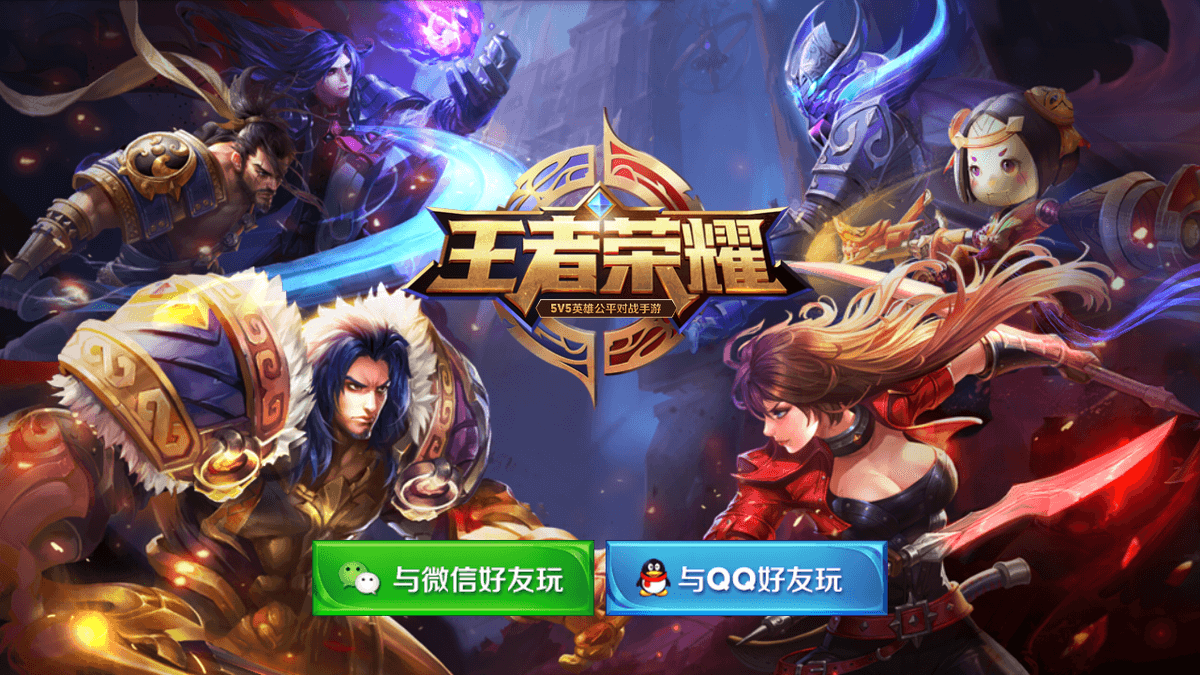
2. PUBG Mobile (绝地求生) by Tencent: Where Trust Issues Are Born
- Monthly Active Users: 100 million (all of whom are convinced they're about to go pro)
- The Battle Royale Experience: Nothing builds character like being shot by someone you never saw while crawling through virtual grass for 20 minutes. PUBG Mobile has perfected the art of making players simultaneously tense, paranoid, and addicted—a combination previously only achieved by coffee and final exams.
Key Features:
- Realistic combat that makes players duck in real life
- Map updates that require deleting other apps to make space
- Ranking system that has become a new form of social currency
- Graphics detailed enough to make phones double as hand warmers
Technical Marvels:
- Anti-cheat systems in a perpetual arms race with teenagers with too much time
- Difficulty scaling that ensures you feel good just long enough to get destroyed again
- Sound design so accurate players wear headphones during family dinners
- Community content that ranges from brilliant to deeply concerning
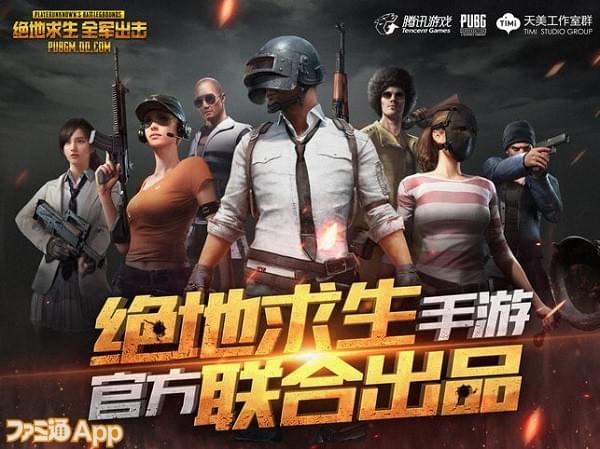
3. Peacekeeper Elite (和平精英) by Tencent: PUBG's Well-Behaved Cousin
- Monthly Active Users: 85 million (who definitely aren't playing PUBG with a different name, no sir)
- The Politically Acceptable Battle Royale: When PUBG faced regulatory hurdles, Tencent masterfully rebranded it as Peacekeeper Elite, replacing blood with happy green sparks and death with friendly "thank you for participating" animations. It's essentially the same game but with enough changes to make censors say "seems legit."
Key Features:
- Military-themed "training exercises" (definitely not battle royale, definitely not)
- Weapon customization more detailed than most people's career plans
- Team-based combat that tests friendships more effectively than moving furniture together
- Environmental design beautiful enough to distract you right before you get sniped
Innovations That Definitely Aren't Just PUBG:
- Team communication tools that make "he's over there!" slightly more specific
- Dynamic environments where you'll spend 20 minutes hiding in bushes
- Physics so realistic you'll feel bad about your real-life athletic abilities
- Meta changes ensuring the strategy you finally perfected becomes useless overnight
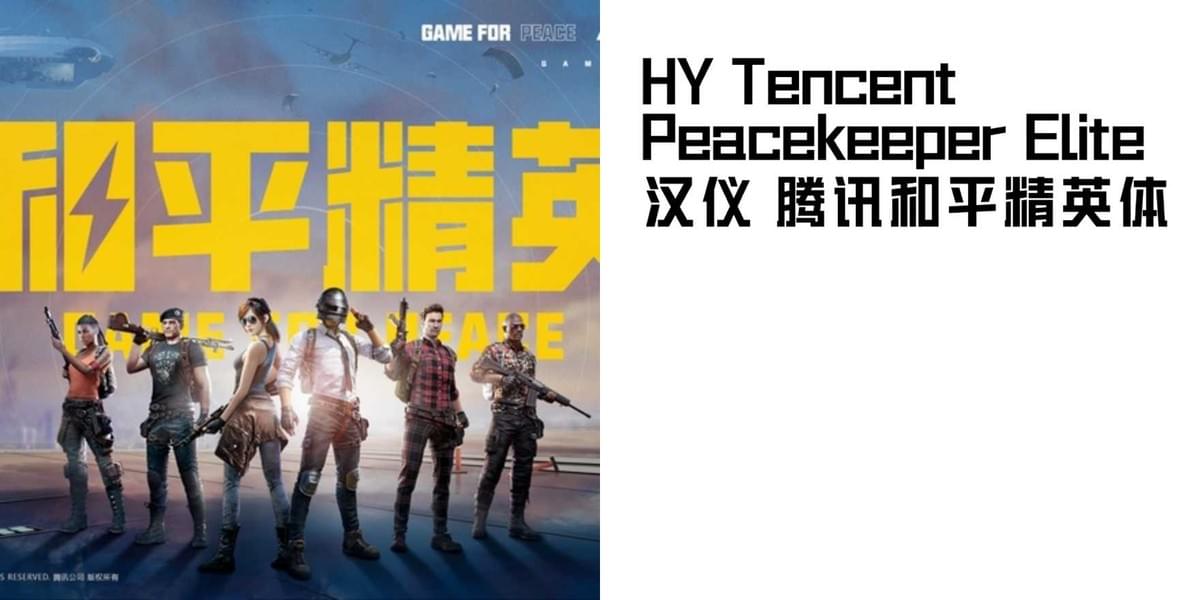
4. Genshin Impact (原神) by miHoYo: The "It's Not Gambling, It's Surprise Mechanics" Phenomenon
- Monthly Active Users: 70 million (all in various stages of financial regret)
- The Anime Open-World Experience: This game answered the question, "What if Breath of the Wild had anime characters and a gacha system that emptied wallets?" The result: a global phenomenon that has players climbing mountains and diving into debt with equal enthusiasm.
Key Features:
- Visuals so stunning they make reality look disappointing
- Combat system based on elemental reactions, teaching more chemistry than most high schools
- Story universe expansive enough to need its own Wikipedia
- Content updates that ensure your storage is perpetually full
Why Adults Are Spending Rent Money on Virtual Characters:
- Cross-platform play allowing you to make poor financial decisions on multiple devices
- Storytelling that occasionally makes players forget they're gambling for waifus and husbandos
- Live service model perfect for those who enjoy FOMO as a lifestyle
- Community large enough to populate a small country, all arguing about which character is best
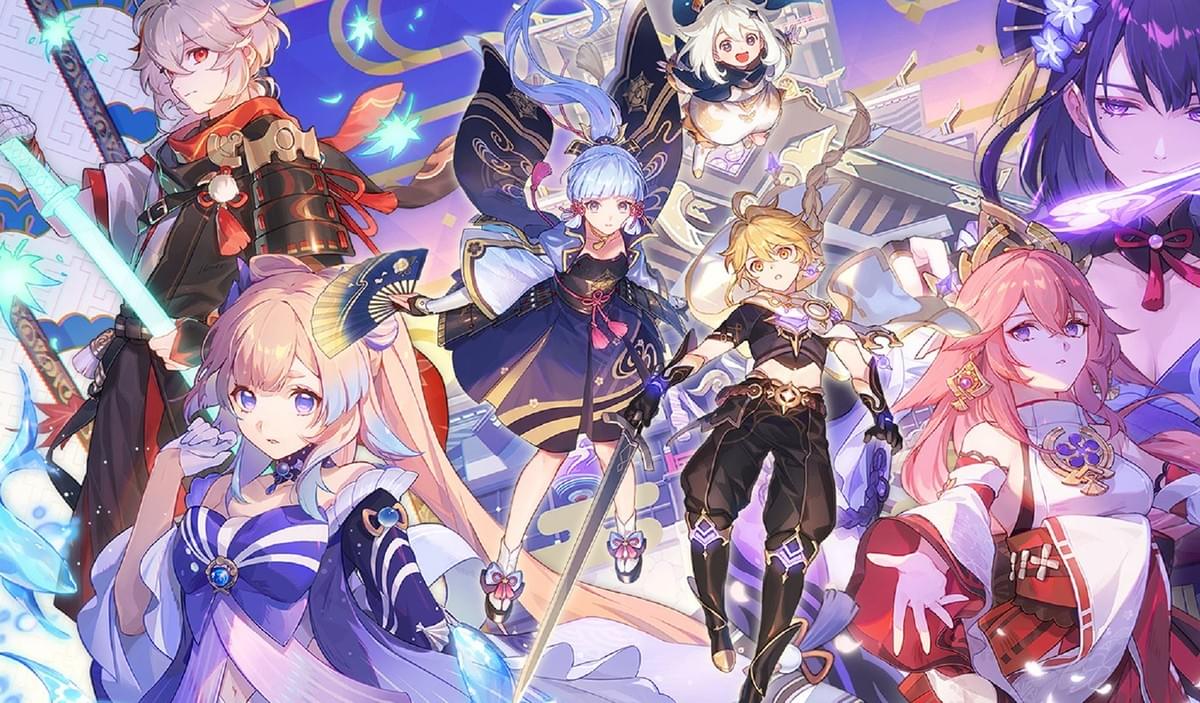
5. CrossFire (穿越火线) by Tencent: The Game That Refuses to Die
- Monthly Active Users: 65 million (mostly veterans who started playing when dinosaurs roamed the earth)
- The Counter-Strike Time Capsule: CrossFire is the gaming equivalent of that restaurant that hasn't changed its decor since 1995 but still has a line out the door. It looks dated, the mechanics are from another era, and yet somehow it continues to make obscene amounts of money.
Key Features:
- Game modes numerous enough to require a spreadsheet
- Ranking system that has become some players' primary identity
- Weapon customization that costs more than the actual weapons would in real life
- Esports scene where the average player makes your annual salary in a month
Why It Still Dominates:
- Matchmaking algorithms sophisticated enough to ensure you always face someone who plays 23 hours a day
- Progression system that has lasted longer than most marriages
- Regular updates to a game older than many of its players
- Professional league that parents still don't accept as a valid career choice despite the prize pools
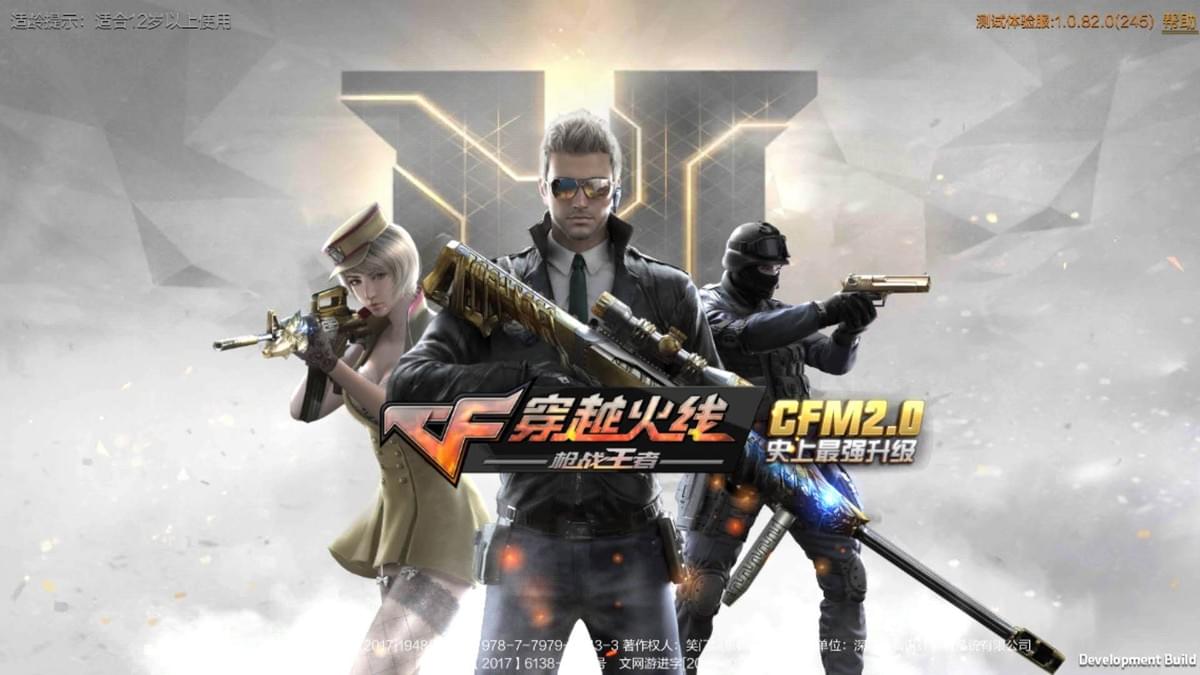
6. League of Legends (英雄联盟) by Riot Games: Digital Psychology Experiment
- Monthly Active Users: 60 million (all wondering why they still play despite the pain)
- The MOBA Masochism: League of Legends proves that humans will voluntarily subject themselves to verbal abuse and stress for fun. It's like a digital gladiator arena where the winners are crowned and the losers are told in creative language why they should uninstall.
Key Features:
- Character diversity ensuring there are 160+ ways to get killed
- Team strategies requiring more coordination than a symphony orchestra
- Character balancing that changes more frequently than Shanghai weather
- Esports infrastructure more developed than some countries' public transportation
Why China Can't Quit It:
- Community-driven character suggestions that occasionally get implemented (then nerfed)
- Competitive ranking that has replaced traditional measures of self-worth
- Meta shifts that render your hundreds of practice hours instantly obsolete
- Global tournaments where Chinese teams regularly demolish Western hopes and dreams
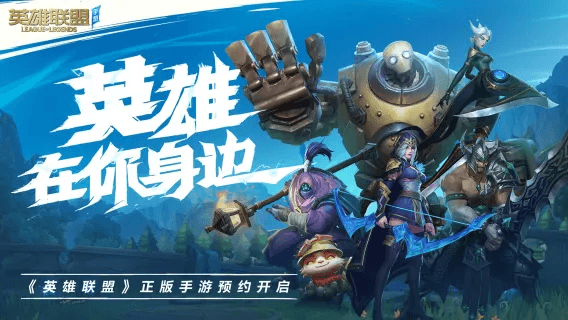
7. Moonlight Blade Mobile (新月刀) by Tencent: Martial Arts Fantasy for the Transit Commuter
- Monthly Active Users: 55 million (living out their wuxia novel dreams)
- The Pocket Martial Arts Epic: For the person who watches too many martial arts films and thinks, "I could do that," Moonlight Blade Mobile offers all the gravity-defying combat without the decades of training or risk of physical injury.
Key Features:
- Historical setting accurate enough to occasionally teach something
- Combat mechanics complex enough to require finger dexterity of a concert pianist
- Storytelling that makes historical dramas seem brief by comparison
- Character customization detailed enough to spend more time on than your actual appearance
Why It's Not Just Another RPG:
- Cultural representation authentic enough to make your Chinese literature professor nod in approval
- Narrative progression more complex than most TV dramas
- Historical elements accurate enough to help you pass history exams
- World-building detailed enough to make you forget about the real world (which is the point)
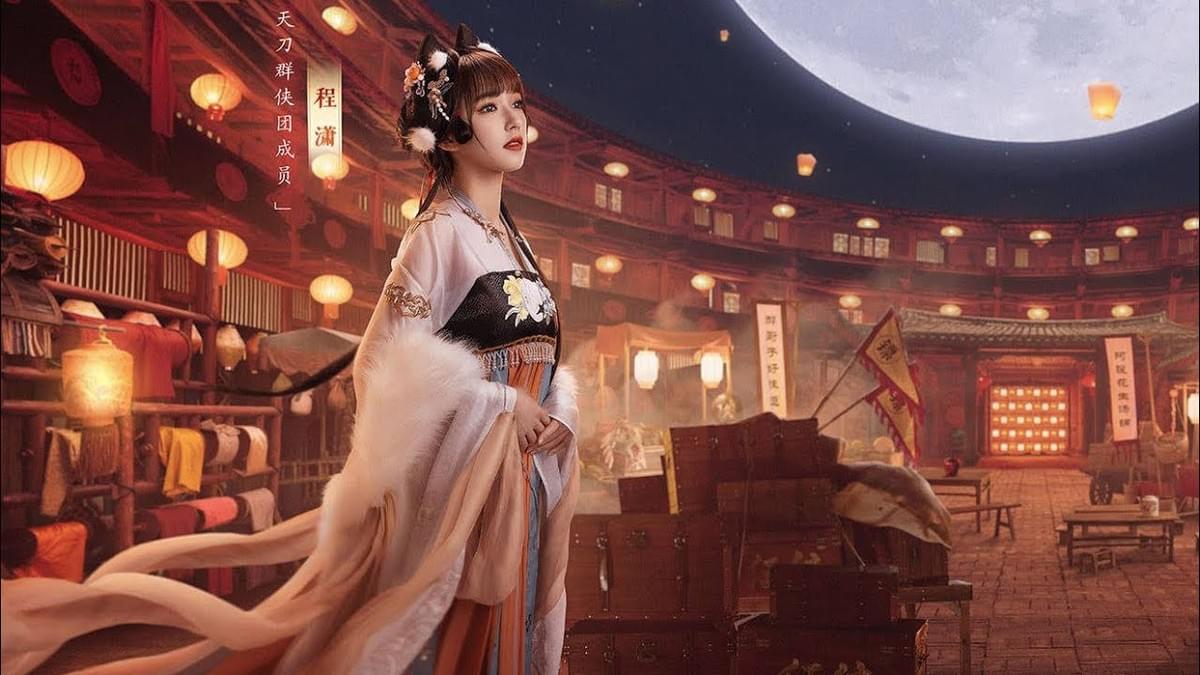
8. Fantasy Westward Journey (梦幻西游) by NetEase: The Gaming Equivalent of Comfort Food
- Monthly Active Users: 50 million (many who have been playing since college and are now playing with their kids)
- The MMORPG That Refuses to Age: Fantasy Westward Journey has outlasted relationships, outlived technology trends, and outperformed market expectations for so long that it's practically a digital institution. It's the gaming equivalent of that restaurant your grandparents went to that somehow still exists and serves the exact same dishes.
Key Features:
- Character development more detailed than most people's five-year plans
- Social systems where some players have maintained digital friendships longer than real ones
- Content updates for a game older than TikTok, Instagram, and many of its players
- Progression mechanics complex enough to require spreadsheets
Why It's Still Going Strong:
- Social networking features that have resulted in real-life marriages (and probably divorces)
- In-game economy more stable than some actual currencies
- Narrative that has continued longer than most soap operas
- Collaborative gameplay that has created friend groups lasting decades

9. QQ Speed (QQ飞车) by Tencent: Mario Kart on Digital Steroids
- Monthly Active Users: 45 million (all convinced they'd be excellent real-life drivers despite evidence to the contrary)
- The Racing Addiction: QQ Speed offers all the thrill of dangerous driving with none of the insurance premiums. It's fast, colorful, and provides millions of Chinese gamers the opportunity to experience road rage without actual roads.
Key Features:
- Racing modes numerous enough to make NASCAR jealous
- Vehicle customization more elaborate than most people's real cars
- Ranking system that has created more competition than the Olympic Games
- Social features allowing you to trash-talk friends while lapping them
Why It Leaves Real Racing in the Dust:
- Physics simulation realistic enough to be educational but fun enough to be unrealistic
- Seasonal competitions more numerous than actual sports seasons
- Customization options that cost more than modifications to your actual vehicle
- Social mechanics proving that friendship means nothing when first place is on the line

10. Naraka: Bladepoint by NetEase: Ninja Battle Royale Fever Dream
- Monthly Active Users: 40 million (all trying to live out their ninja fantasies)
- The Martial Arts Battle Royale: Naraka took the "last person standing" concept and asked, "What if everyone was also a gravity-defying martial arts master?" The result is a battle royale where positioning matters less than your ability to chain combos like you're in a fighting game tournament.
Key Features:
- Combat mechanics that make button-mashing an art form
- Character abilities diverse enough to support thousands of "MOST OP BUILD" YouTube videos
- Progression that rewards skill in a genre typically dominated by luck
- Battlefield dynamics that make Crouching Tiger, Hidden Dragon look grounded
Revolutionary Elements (Besides the Flying Kicks):
- Combat physics that would make Newton question his life's work
- Skill ceiling high enough to separate casual players from people who have forgotten what sunlight looks like
- Character balancing that changes just when you thought you understood the game
- Ranking system that has created more rivalry than high school sports
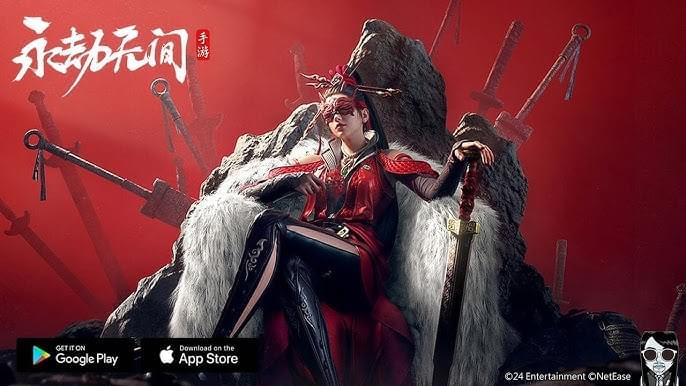
The Future: Where Gaming Is Headed (Besides "Everywhere")
Emerging Tech That Will Make Reality Even Less Appealing
- AI Game Development: Soon games will design themselves, putting human developers out of work but creating perfect addiction machines
- VR So Immersive You'll Forget to Eat: Why experience real hunger when virtual adventures await?
- Cross-Platform Play That Follows You Everywhere: Because there's nothing like being reminded of your gaming obligations on every device you own
- Narrative Complexity Rivaling Literature: Finally, a legitimate excuse for skipping assigned reading
- Cultural Exchange Through Gaming: Learning about other cultures by killing their virtual avatars
How to Break Into the Market (Without Breaking Yourself)
Essential Strategies for Would-Be Gaming Moguls:
- Cultural adaptation more thorough than preparing for your in-laws' first visit
- Localization so accurate locals forget you're a foreign developer
- Community engagement that borders on relationship-level commitment
- Competitive balancing that will please exactly no one, no matter what you do
- Content development schedules that will make you forget what sleep feels like
Conclusion: It's Not Just Gaming, It's a Lifestyle (and Economic Powerhouse)
These ten games aren't just digital distractions—they're cultural institutions that have shaped a generation, created new career paths, and occasionally caused national productivity dips. They've transformed from simple entertainment to platforms where millions socialize, compete, and occasionally forget to eat or sleep.
In 2025's China, gaming isn't just what you do when you're avoiding work—it IS the work for millions of players, streamers, developers, and esports athletes. Whether that's utopian or dystopian depends entirely on your perspective (and your parents' disappointment levels).